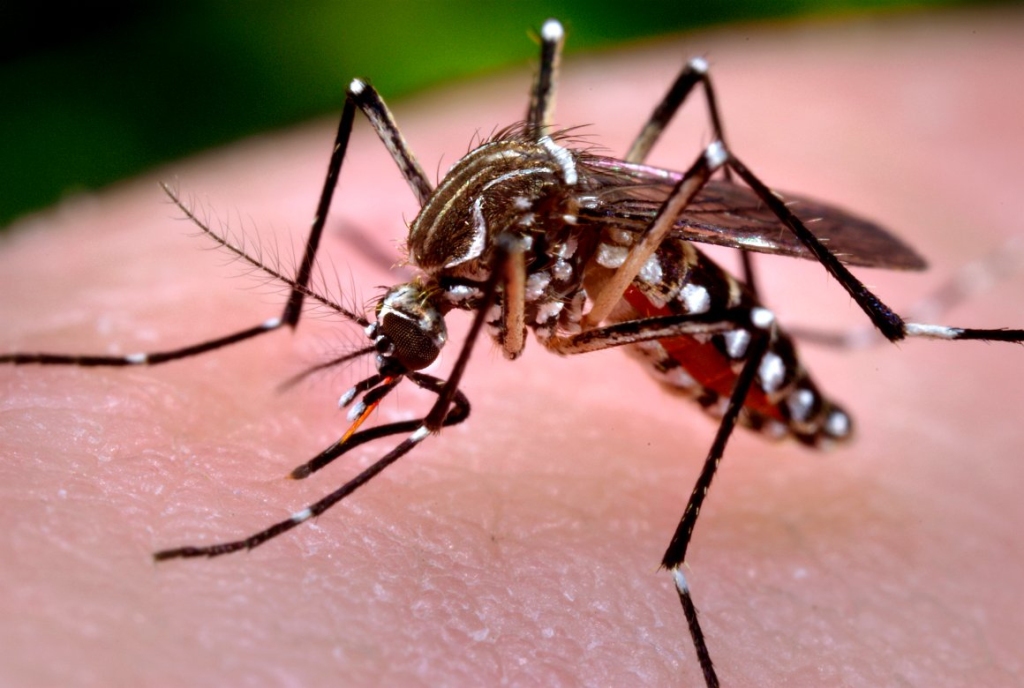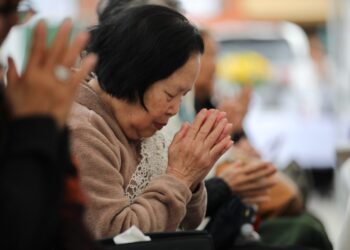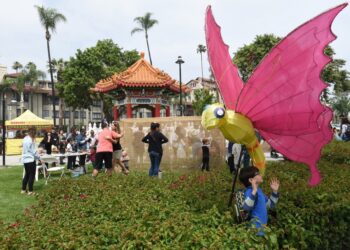The winter deluge that pummeled Southern California this year, via multiple severe storms, gave Angelenos a reprieve from the drought, green lawns and a flower super bloom.
But a more ominous consequence looms has the weather warms up — mosquitoes.
Because of all the rain, which caused pools of water to be scattered across the Southland, public health officials are anticipating a “heavy” mosquito season and, with it, the threat of illness from the viruses the pests carry, including West Nile. So as peak mosquito season approaches in Los Angeles and across the region, officials say, residents need to be informed, do their part to lower the mosquito population and protect themselves from getting bit.
“All Los Angeles County residents play an important role in protecting their community,” the Greater Los Angeles County Vector Control District website says. “Mosquito control is a shared responsibility and residents can take simple steps to reduce them in their neighborhood.”
The Greater Los Angeles County Vector Control District serves 36 cities and portions of unincorporated areas.
Although mosquitoes can be a pest year-round, peak season is from early as May to September because of the warm weather, said vector control spokesperson Caroline Gongora.
Mosquitoes are vectors — meaning they are capable of transmitting diseases and can be considered a public health nuisance.
One disease that residents in the LA area should be wary of is the West Nile virus.
West Nile virus is the most common mosquito-borne disease that affects residents in Los Angeles County. Because West Nile is endemic in the county and found in city environments, public health agencies across the county detect it every year.
One in five persons infected with West Nile virus will exhibit symptoms, including fever, headache, body aches, nausea and a skin rash. These symptoms can last for several weeks to months. Vulnerable people can also be at risk of death.
“The heavy rain…
Read the full article here







